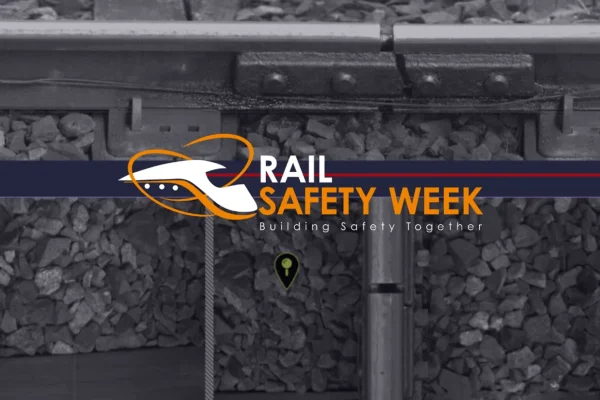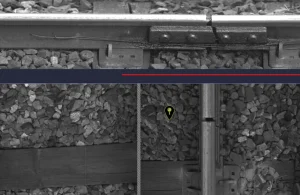20/06/2025
Rail Safety Week Day 5: Safer Track Inspection

The Safety Imperative in Rail Inspection
Rail inspection is fundamental for railway safety, ensuring that defects and hazards on rails, sleepers, switches and crossings (S&C), points, and other critical infrastructure are identified and addressed before they can cause incidents. Traditionally, this vital work has required staff to be physically present on the track-often at night, in poor weather, or during tight possession windows. This exposes workers to significant risks, including slips, trips, and proximity to live rails and moving trains.
On-site inspection also demands track possessions, which are increasingly difficult to secure, and can disrupt train operations. The reliance on manual, trackside inspections not only puts track workers at risk but can also delay the detection of faults, potentially leading to incidents, service disruptions, or costly emergency repairs. Ultimately, these delays and exposures affect the safety of both staff and passengers.
How AIVR Improves the Safety of Asset and Structural Surveys
AIVR provides a secure online platform for remote, detailed inspection, empowering maintenance teams to spot issues early and respond quickly – without stepping onto the track.
With its advanced rail inspection capabilities, AIVR enables teams to continuously monitor high-risk assets, such as switches and crossings (S&C), which are especially prone to wear and deformation. The platform also supports the proactive identification of low adhesion areas, helping to mitigate risks caused by leaf fall, adverse weather, or contaminants.
With AIVR, teams can:
- Detect Defects Automatically: Machine learning automatically identifies and assesses the condition of critical track components such as joints – flagging early signs of wear, contamination, or low adhesion.
- Highlight Hazards & Key Information: Mark issues directly on imagery, add notes, and share insights with teams.
- Switch Camera Type: View the track from multiple angles, such as forward-facing video, for a thorough assessment.
- Pinpoint Issues for Rapid Response: Detections and hazards are reported with precise locations, enabling targeted, quick repairs and reducing emergency callouts.
- Share Precise Reports: Generate reports and snapshots for maintenance planning, hazard detection, and documentation, ensuring all stakeholders are informed and prepared.

Safety Benefits of Remote Track Inspection
- Engineers can conduct inspections virtually, minimising exposure to live rails and operational hazards.
- Increased inspection coverage as more track can be inspected in less time, allowing for safer, more frequent, and more comprehensive monitoring
- Enables early detection and targeted maintenance of potential issues, preventing incidents before they happen.
- Faster detection and reporting keeps trains running safely and smoothly, reducing the risk of service disruptions.
- Supports a more reliable and resilient railway through continuous, data-driven monitoring, enables predictive maintenance, and optimises resource allocation.
“We now have invaluable asset data that we can instantly access remotely. This enables targeted and more efficient responses, keeps our colleagues off the track, increases safety and improves performance for our passengers.” Programme Engineering Manager, Network Rail.
By continuously monitoring track conditions, AIVR enables a shift from reactive to predictive maintenance. Early detection of anomalies means maintenance can be planned and targeted, reducing the risk of catastrophic failures and minimising operational disruptions.
Want to learn more or see AIVR in action? Get in touch!